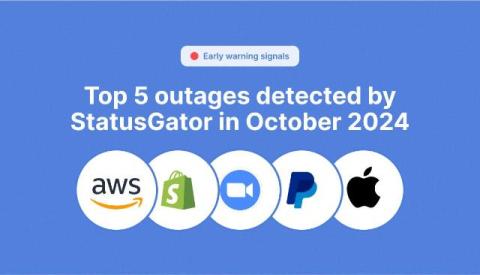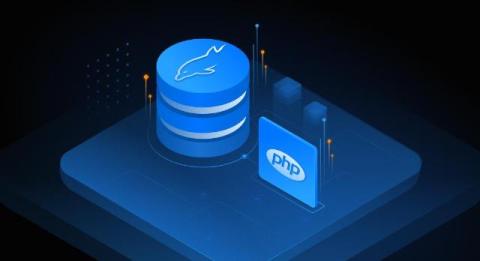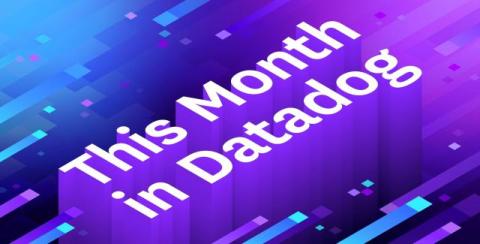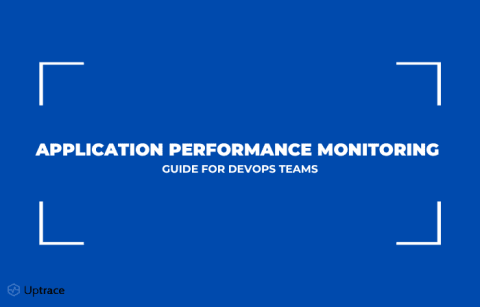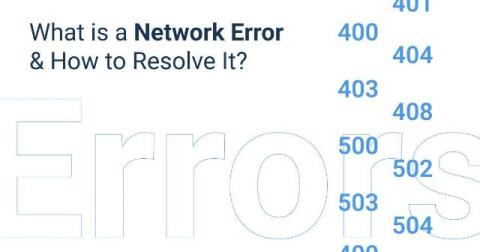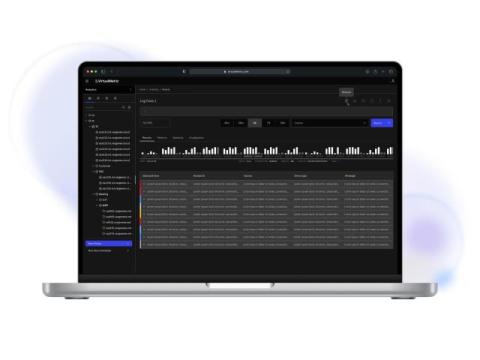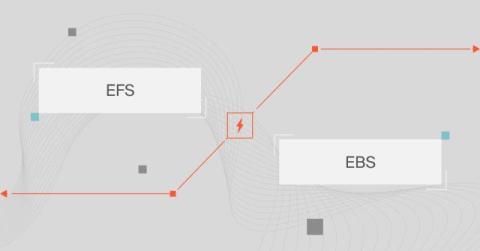Top 5 outages detected by StatusGator in October 2024
StatusGator’s Early Warning Signals alerted customers to several notable service outages in October 2024. With advanced warning, our users could take proactive measures, minimizing the impact of downtime on their businesses. Here’s a summary of how our detection gave customers an edge over service disruptions, often notifying hours or minutes before the provider even acknowledged the issue.


